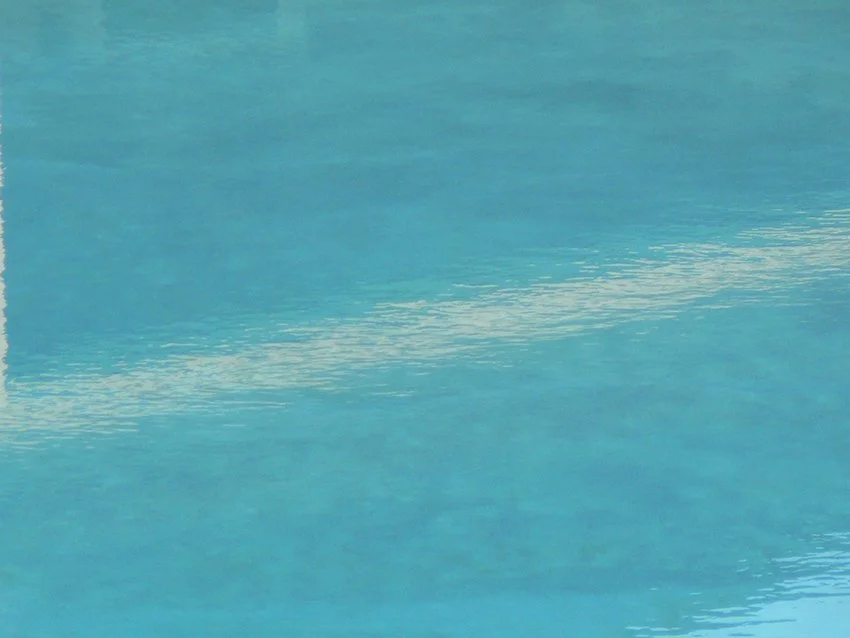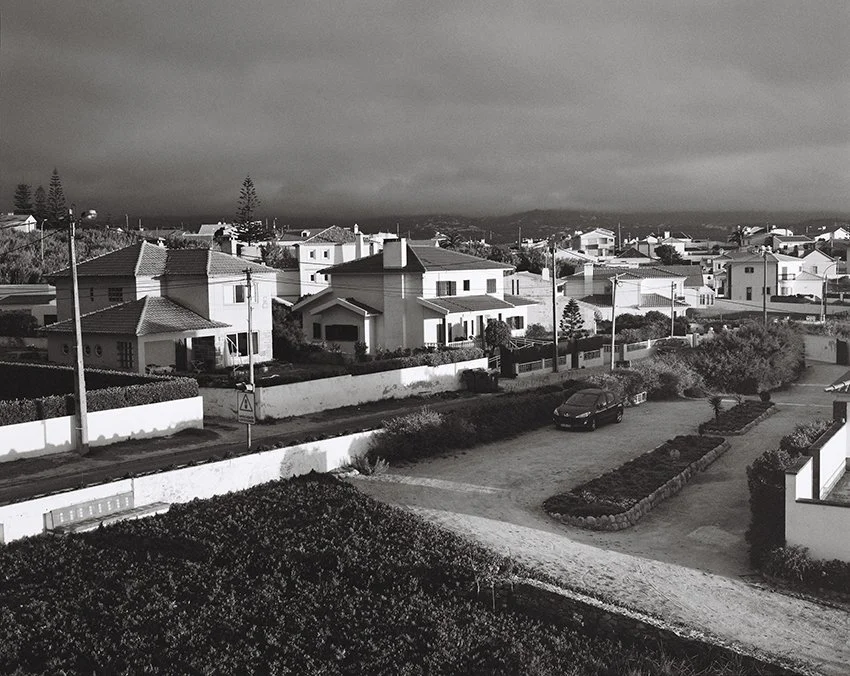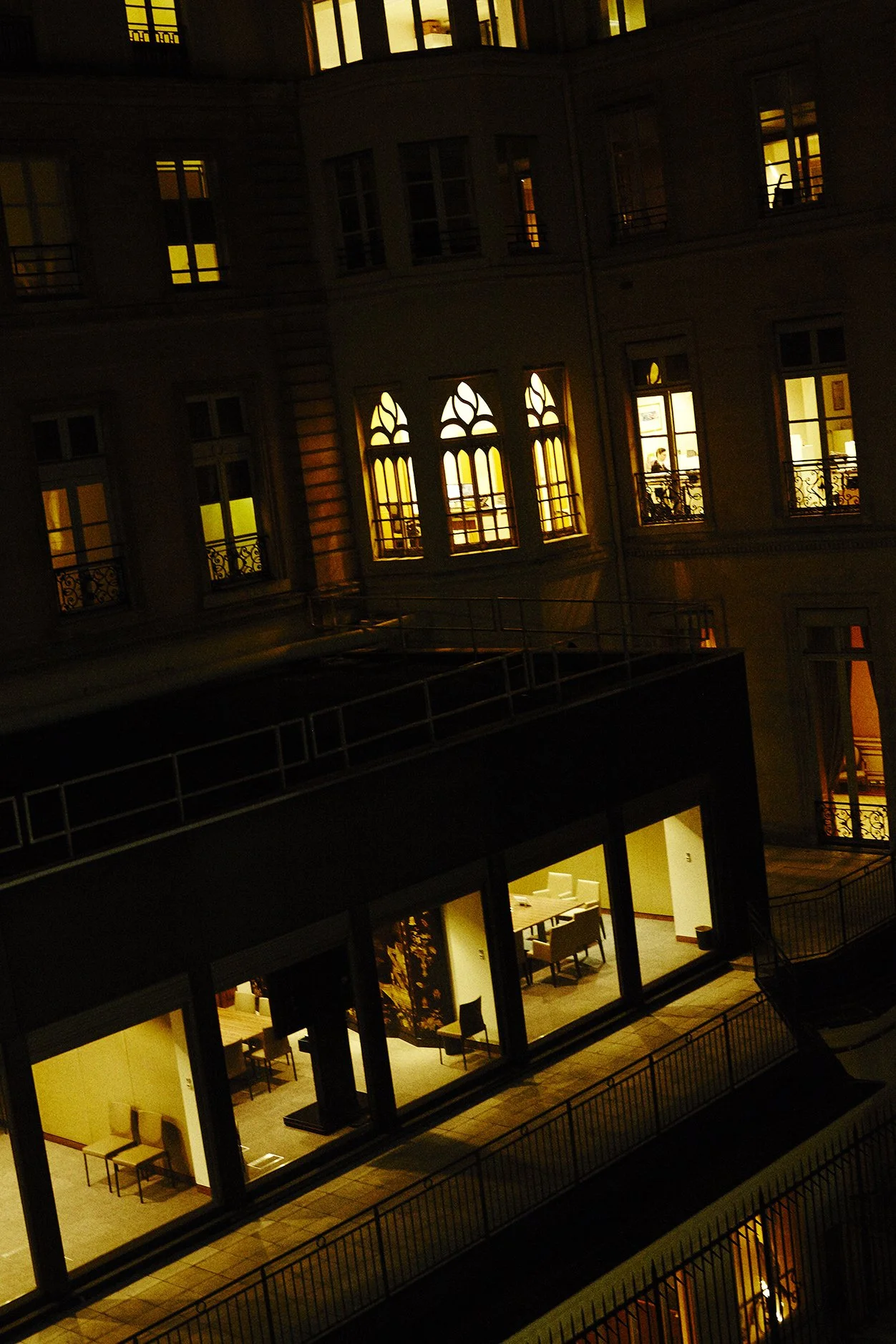Reception: Friday, December 6ᵗʰ 2024
Invite Only, RSVP
DIRK SEIDEN SCHWAN
MOVING
PARIS
Moving
Whither are we moving? Away from all the suns? Are we not plunging continually? Backward, sideward, forward, in all directions?
So asked Friedrich Nietzsche in 1882. Convinced of the slow yet persistent disintegration of observation and critical reflection, Nietzsche pondered what might have initiated this outcome. When we look carefully, what’s revealed is that his evidence is fleeting. Fragmentary. The aphorism becomes a film still, captures a moment, presses pause, freezes time.
In many ways, Dirk Seiden Schwan’s Moving extends this interrogation. How reliable are memories? Or how does an image, captured fleetingly, become burned within our memories much in the way the afterimage of a flash is burned into our eyes. Visually, the works in Moving are fragmentary, coalescing together to construct the overarching structure of the exhibition’s larger narrative. Seiden Schwan’s Moving is equally as closely aligned with Jean-Luc Godard’s films as it is with the practice of photography. Perhaps more so. For as Godard remarks, “The film is automatically a fragment…it’s pieces of the world. Why mask it? Why avoid it?”
Consider Autruche. Yes, it means ostrich, but in the image of a naked woman running across a field toward a flock of birds we find ourselves steeped in optimism and arousal. Potential. Possibility. The exact opposite of a phrase regularly associated with ostriches – “to bury one’s head in the sand.” And in many ways, Seiden Schwan captures the birds in this precise moment, too. They’re focused on what’s approaching. Mesmerized. Yet to make a decision. Here, life is movement, pushing forward.
Across Moving, Seiden Schwan invites viewers to consider the ways in which we experience moment. Where first we’re frozen in potential, only shortly thereafter – in the image Moving, from which the exhibition draws its name – it seems as if we may not be able to stop. Here, we’re accelerating, speeding through both space and time. What’s so sublime is that the image is captured as it is seen, not how one might imagine an audience would wish it to be. Where some might have a temptation to freeze time, to speed up the shutter, to bring speed and acceleration under control, Seiden Schwan chooses not to do so, further reinforcing that this doesn’t focus on the impacts of industry, as did the futurist, but rather the impacts of time.
At every turn, Seiden Schwan creates these dilemmas and doublings. Is Stripe a vapor trail, or the ripples from a wake on the water? Would it matter either way given that both will quickly dissipate? And does Layers represent the weight of what remains, or the foundational pieces from which something new might eventually be constructed?
What’s so unexpected, and what may take a moment to see, is that time and again Seiden Schwan uses the subliminal construct of something rising to imbue these works with a sense of hope. In Autruche, and Stripe, and Blackandwhitecity, and Andre we see that same shade, that same line, that same light moving from lower left to upper right. That, of course, means growth, expansion. Graph it, and something us going up. Where Nietzsche interrogated movement because he expected it to anchor the spirit, and Godard celebrated the fragmentary because he expected that it would make the immediate easier to reveal, here Seiden Schwan uses the rise to suggest there is something further, ahead, on the horizon. Add in the movement between the historical and the contemporary – from the austere, black and white image of a stuccoed or whitewashed low wall pressed hard up against the curve of a road in Blackandwhitecity to, in Andre, the warm glow of lights spilling out from a building that combines the utilitarianism of modernity with the history and gravity of the gothic arch.
That’s the beauty of Moving. Begin with optimism, end with uncertainty, never overlook promise, question the moment. While each of us will bring our unique interpretations of Moving to every moment we look into these works, Seiden Schwan reminds us in every instant that we’re immersing ourselves in memories, searching for meanings, and longing for movement. Of course, we’re left to ask whether the memories we evoke, recall, imagine, and interpret are even real, and if so, to what extent. With Moving, Dirk Seiden Schwan invites us to step within his fragmentary, allow the imaginary, and consider what these works might mean in the past, at the present, for the future. Moving. Beyond.
Dirk Seiden Schwan
Dirk Seiden Schwan, born Germany, is a distinguished photographer whose artistic journey has spanned continents and ignited a lifelong passion for capturing the essence of life through the lens of his camera. Hailing from southern Germany, Seiden Schwan's artistic odyssey has led him from the tutelage of renowned Professor Hartmut Esslinger to the vibrant streets of Paris, where he has since made his home and studio.
Artist
Download
Contact Press
Dirk Seiden Schwan
LAYERS, 2024
baryta inkjet print, 47“ x 71“ (120cm x 180cm)
edition of 6 + 2 AP
Artwork © Dirk Seiden Schwan
Courtesy of the artist and House of Friends
Dirk Seiden Schwan
STRIPE, 2018
baryta inkjet print, 12“ x 16“ (30cm x 40cm)
edition of 10 + 2 AP
Artwork © Dirk Seiden Schwan
Courtesy of the artist and House of Friends
Dirk Seiden Schwan
Autruche, 2005
baryta inkjet print, 36“ x 53“ (90cm x 135cm)
edition of 6 + 2 AP
Artwork © Dirk Seiden Schwan
Courtesy of the artist and House of Friends
Dirk Seiden Schwan
BLACKANDWHITECITY, 2012
baryta inkjet print, 27,5“ x 35,5“ (70cm x 90cm)
edition of 10 + 2 AP
Artwork © Dirk Seiden Schwan
Courtesy of the artist and House of Friends
Dirk Seiden Schwan
ANDRE, 2014
baryta inkjet print, 24“ x 16“ (60cm x 40cm)
edition of 10 + 2 AP
Artwork © Dirk Seiden Schwan
Courtesy of the artist and House of Friends
Dirk Seiden Schwan
glove, 2007
c-print 16“ x 12“ (40cm x 30cm)
Artwork © Dirk Seiden Schwan
Courtesy of the artist and House of Friends






